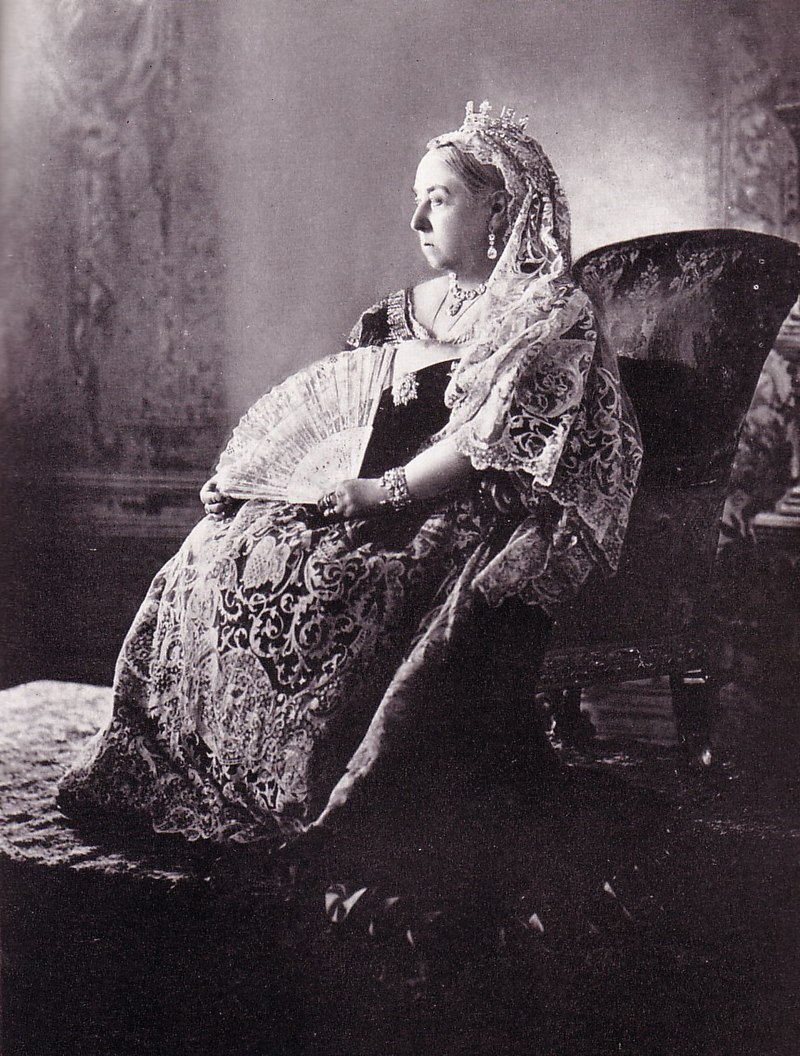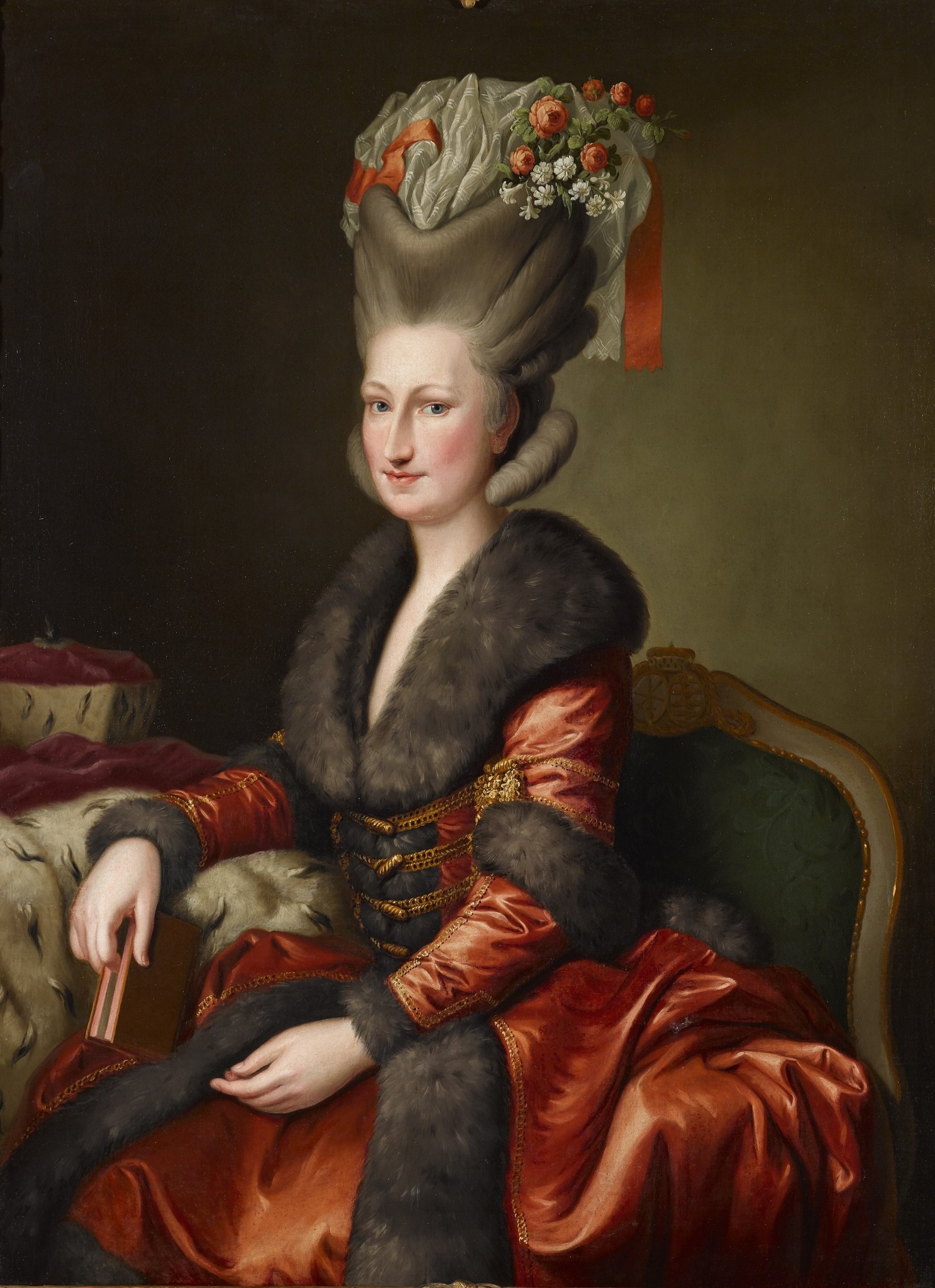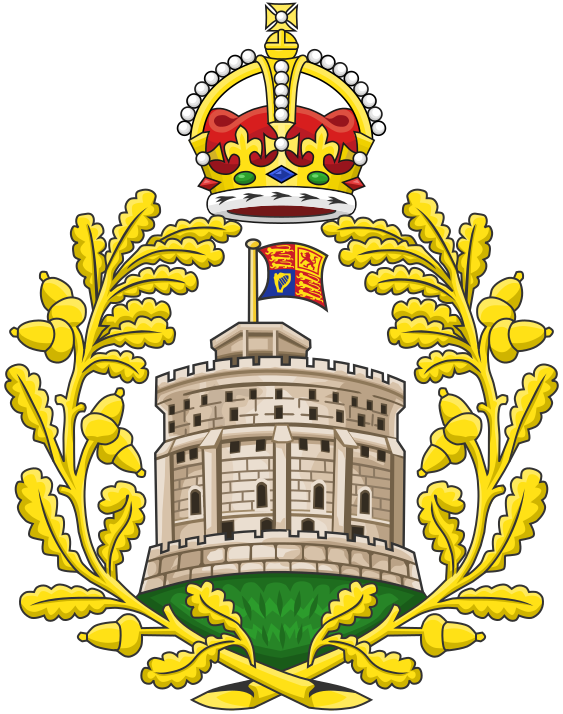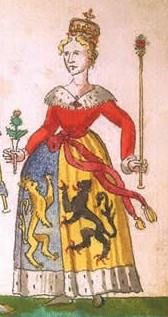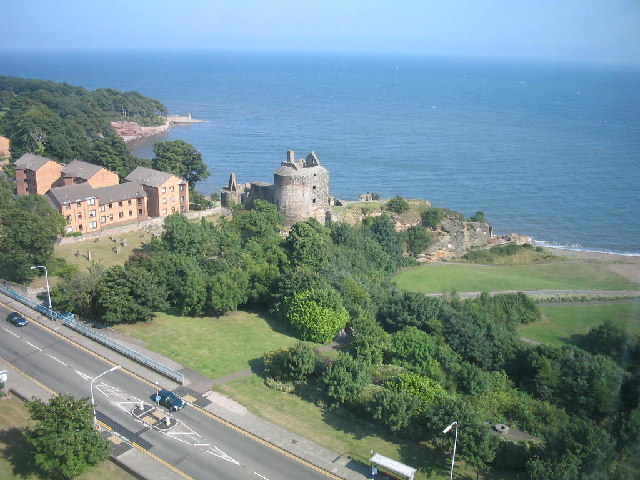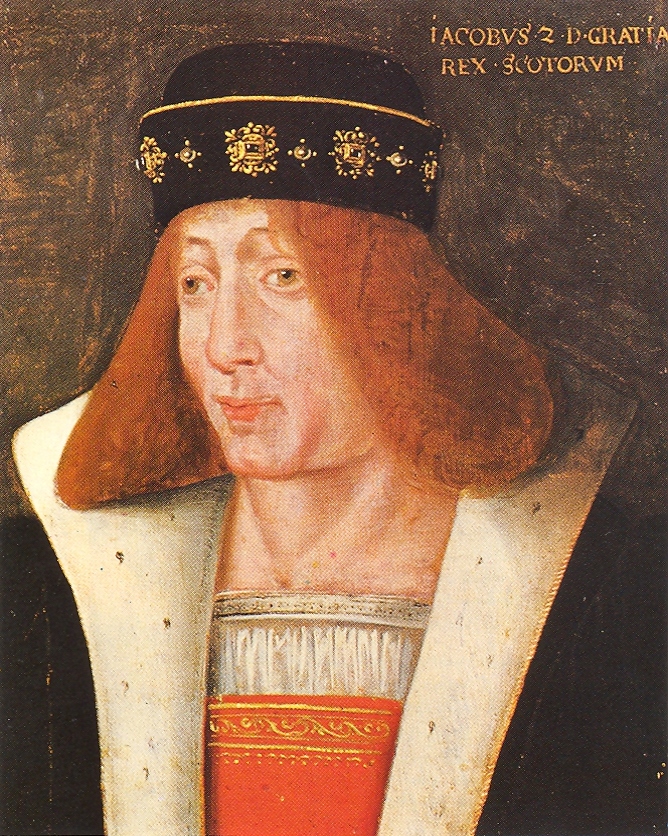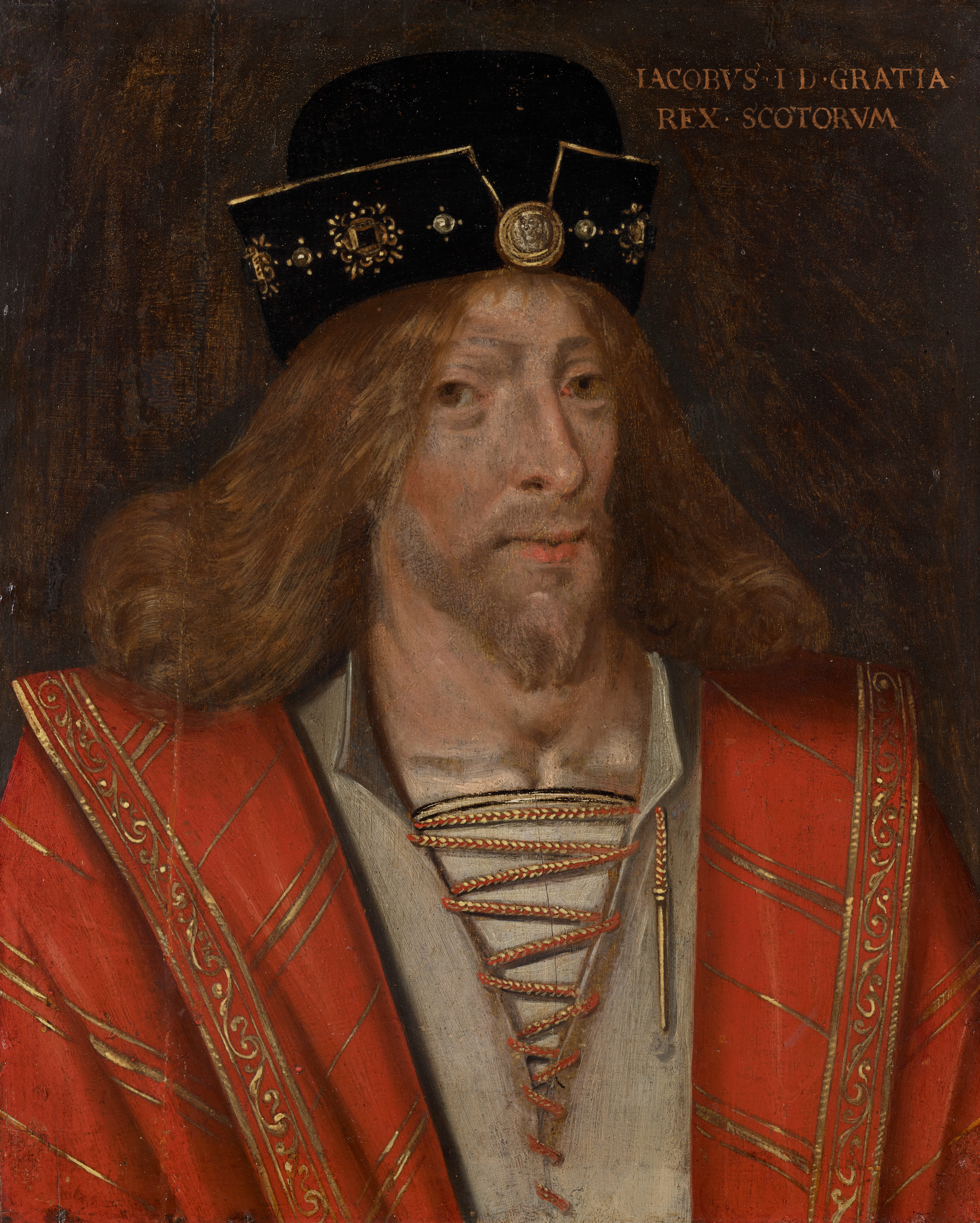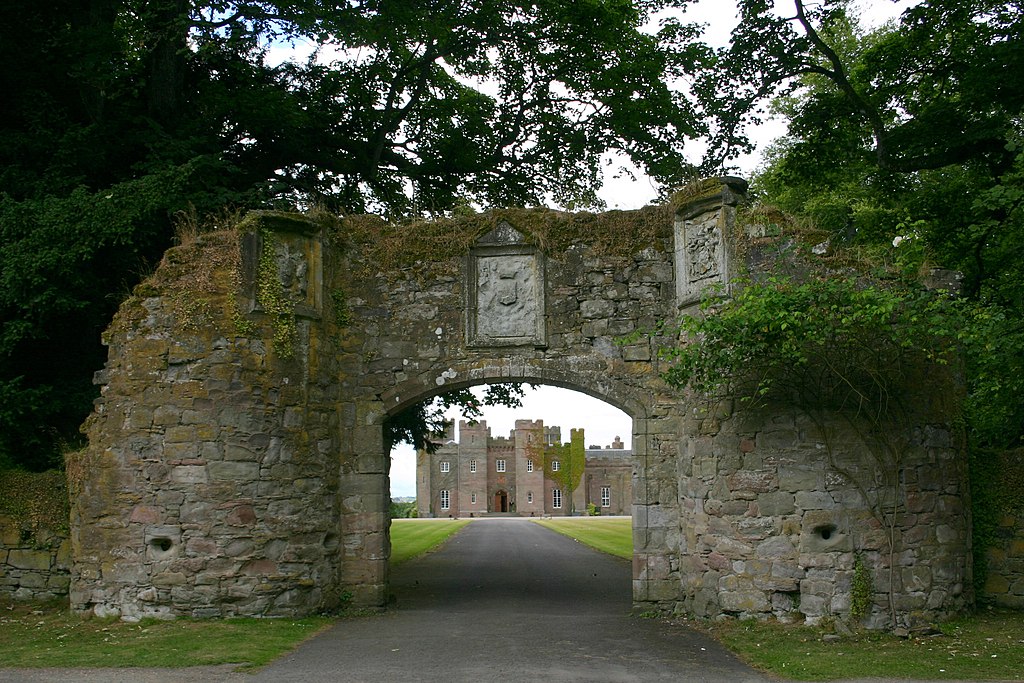by Susan Flantzer © Unofficial Royalty 2017

Credit – By Elke Wetzig (Elya) – Own work, CC BY-SA 3.0, https://commons.wikimedia.org/w/index.php?curid=14947384
Prince Andrew and Sarah Ferguson were married at Westminster Abbey in London, England on July 23, 1986. Prince Andrew and Sarah Ferguson separated on March 19, 1992, and divorced on May 30, 1996. The couple remains on friendly terms and Sarah, no longer HRH The Duchess of York, uses the style of a divorced duchess, Sarah, Duchess of York.
- Unofficial Royalty: Westminster Abbey in London, England
- YouTube: Wedding of Prince Andrew, Duke of York and Sarah Ferguson
Prince Andrew’s Family
 HRH Prince Andrew Albert Christian Edward was born February 19, 1960, at Buckingham Palace, London. Andrew was the third child of Queen Elizabeth II and her husband Prince Philip, Duke of Edinburgh, born HRH Prince Philip of Greece and Denmark. Elizabeth was the elder daughter and the first of two children of King George VI and Lady Elizabeth Bowes-Lyon, the youngest daughter and the ninth of ten children of Claude Bowes-Lyon, 14th Earl of Strathmore and Kinghorne. Philip’s father was HRH Prince Andrew of Greece, the son of King George I of Greece (formerly Prince William of Denmark) and Grand Duchess Olga Konstantinovna of Russia. His mother was Her Serene Highness Princess Alice of Battenberg. Alice was the daughter of Prince Louis of Battenberg and Princess Victoria of Hesse and by Rhine. During World War I, when King George V ordered his family to relinquish their German styles and titles, Prince Louis became the Louis Mountbatten, 1st Marquess of Milford Haven. Princess Victoria’s mother was Princess Alice, a daughter of Queen Victoria and Prince Albert. Therefore, Andrew’s parents are both great-great-grandchildren of Queen Victoria and Prince Albert.
HRH Prince Andrew Albert Christian Edward was born February 19, 1960, at Buckingham Palace, London. Andrew was the third child of Queen Elizabeth II and her husband Prince Philip, Duke of Edinburgh, born HRH Prince Philip of Greece and Denmark. Elizabeth was the elder daughter and the first of two children of King George VI and Lady Elizabeth Bowes-Lyon, the youngest daughter and the ninth of ten children of Claude Bowes-Lyon, 14th Earl of Strathmore and Kinghorne. Philip’s father was HRH Prince Andrew of Greece, the son of King George I of Greece (formerly Prince William of Denmark) and Grand Duchess Olga Konstantinovna of Russia. His mother was Her Serene Highness Princess Alice of Battenberg. Alice was the daughter of Prince Louis of Battenberg and Princess Victoria of Hesse and by Rhine. During World War I, when King George V ordered his family to relinquish their German styles and titles, Prince Louis became the Louis Mountbatten, 1st Marquess of Milford Haven. Princess Victoria’s mother was Princess Alice, a daughter of Queen Victoria and Prince Albert. Therefore, Andrew’s parents are both great-great-grandchildren of Queen Victoria and Prince Albert.
Andrew has two older siblings Prince Charles, born on November 14, 1948, and Princess Anne, born on August 15, 1950. When his mother became Queen on February 6, 1952, her duties as Queen postponed additions to the family. Prince Andrew was born eight years later and the youngest child in the family, Prince Edward, was born on March 10, 1964.
On his wedding day, July 23, 1986, Andrew was created Duke of York, the traditional title of the monarch’s second son, along with the subsidiary titles, Earl of Inverness, and Baron Killyleagh. These titles were also held by his maternal grandfather King George VI, and his maternal great-grandfather King George V, both second sons of monarchs.
Sarah Ferguson’s Family
Sarah Margaret Ferguson was born on October 15, 1959, in the Marylebone section of London. Her father was Major Ronald Ferguson, the son of Andrew Ferguson and Marian Montagu-Douglas-Scott, a first cousin of Lady Alice Montagu-Douglas-Scott, who married Prince Henry, Duke of Gloucester, third son of King George V. Sarah’s father had a career in the Army and was polo manager for the Duke of Edinburgh and the Prince of Wales. Sarah’s mother was Susan Mary Wright, the daughter of Lieutenant FitzHerbert Wright and The Honorable Doreen Wingfield. Mervyn Wingfield, 8th Viscount Powerscourt was Sarah’s maternal great-grandfather. Sarah had an elder sister Jane Louisa who was born on August 26, 1957. The children’s parents divorced in 1974 and both remarried.
Sarah does boast a royal descent although it is from the wrong side of the sheets. Like the Duchess of Cornwall, the late Diana, Princess of Wales, and the late Princess Alice of Gloucester, Sarah is descended from King Charles II via his illegitimate children. Charles Lennox, 1st Duke of Richmond, son of Charles II and his mistress Louise de Kérouaille, Duchess of Portsmouth and James Scott, 1st Duke of Monmouth, son of Charles II and his mistress Lucy Walter are her ancestors.
The Engagement
 Sarah and Andrew had crossed paths throughout their lives, but they first really noticed each other a couple of years before the engagement at a weekend party at Floors Castle, the Scottish home of the Duke and Duchess of Roxburghe. Fascinated by Sarah’s red hair, Andrew spent the weekend photographing her. However, both Sarah and Andrew were involved with others at the time. Despite this, a friendship began to develop.
Sarah and Andrew had crossed paths throughout their lives, but they first really noticed each other a couple of years before the engagement at a weekend party at Floors Castle, the Scottish home of the Duke and Duchess of Roxburghe. Fascinated by Sarah’s red hair, Andrew spent the weekend photographing her. However, both Sarah and Andrew were involved with others at the time. Despite this, a friendship began to develop.
Sarah visited Windsor Castle, attended Ascot Week, dined at Buckingham Palace, and attended the ballet at Covent Garden with Andrew. Their friendship was slowly becoming something more. Their budding romance was helped along by the matchmaking skills of the Princess of Wales. Diana and Andrew, having been childhood neighbors at Sandringham, were longtime friends. At one time, there had been speculation that Diana and Andrew would eventually marry. Diana was still close to her brother-in-law and Sarah was a good friend. Diana thought it would be a marvelous idea for her two dear friends to marry.
On February 19, 1986, Andrew’s birthday, at the Scottish home of the Duke and Duchess of Roxburghe, where their romance first started, Andrew proposed to Sarah. Sarah accepted but added, “If you wake up tomorrow morning, you can tell me it’s all a huge joke.”
Sources:
“Sarah, The Duchess of York, My Story” by Jeff Coplon
“Fergie” by Ingrid Seward
“Duchess” by Andrew Morton
“The Star Ledger” – July 24, 1986
“USA Today” – July 24, 1986
The Engagement Ring
 Sarah’s engagement ring was made by the crown jewelers, Garrard, from sketches Andrew himself had made. It was completed in just under a week. Featured in the ring was a Burma ruby surrounded by 10 drop diamonds. The mounting was 18 karat white and yellow gold.
Sarah’s engagement ring was made by the crown jewelers, Garrard, from sketches Andrew himself had made. It was completed in just under a week. Featured in the ring was a Burma ruby surrounded by 10 drop diamonds. The mounting was 18 karat white and yellow gold.
Sources:
“Sarah, The Duchess of York, My Story” by Jeff Coplon
“Fergie” by Ingrid Seward
“Duchess” by Andrew Morton
“The Star Ledger” – July 24, 1986
“USA Today” – July 24, 1986
Partial Guest List
British Royal Family and Relatives
- The Queen and The Duke of Edinburgh, the groom’s parents
- The Prince and Princess of Wales, the groom’s brother and his wife
- Prince William of Wales, the groom’s nephew
- Prince Henry of Wales, the groom’s nephew
- Princess Anne and Captain Mark Phillips, the groom’s sister and her husband
- Peter Phillips, the groom’s nephew
- Zara Phillips, the groom’s niece
- Prince Edward, the groom’s brother
- Queen Elizabeth The Queen Mother, the groom’s maternal grandmother
- Princess Margaret, Countess of Snowdon, the groom’s maternal aunt
- Viscount Linley, the groom’s first cousin
- Lady Sarah Armstrong-Jones, the groom’s first cousin
- Princess Alice, Duchess of Gloucester, the groom’s great-aunt
- The Duke and Duchess of Gloucester, the groom’s first cousin once removed and his wife
- Alexander Windsor, Earl of Ulster, the groom’s second cousin
- Lady Davina Windsor, the groom’s second cousin
- Lady Rose Windsor, the groom’s second cousin
- The Duke and Duchess of Kent, the groom’s first cousin once removed and his wife
- George Windsor, Earl of St Andrews, the groom’s second cousin
- Lady Helen Windsor, the groom’s second cousin
- Lord Nicholas Windsor, the groom’s second cousin
- Princess Alexandra, The Hon. Mrs. Ogilvy and The Hon. Mr. Angus Ogilvy, the groom’s first cousin once removed and her husband
- James Ogilvy, the groom’s second cousin
- Marina Ogilvy, the groom’s second cousin
- Prince and Princess Michael of Kent, the groom’s first cousin once removed and his wife
- Lord Frederick Windsor, the groom’s second cousin
- Lady Gabriella Windsor, the groom’s second cousin
- Lady Mary Whitley, the groom’s second cousin, once removed
- Flora Fraser, 21st Lady Saltoun, wife of the groom’s third cousin Alexander Ramsay of Mar
- Patricia Knatchbull, 2nd Countess Mountbatten of Burma, the groom’s first cousin once removed
- Norton Knatchbull, Lord Romsey, the groom’s second cousin
- Lady Pamela Hicks, the groom’s first cousin once removed
The Bride’s Family
- Mr. and Mrs. Ronald Ferguson, the bride’s father and stepmother
- Mrs. and Mr. Hector Barrantes, the bride’s mother and stepfather
- Jane Ferguson, the bride’s sister
- Seamus Makim, the bride’s nephew
- Ayesha Makim, the bride’s niece
- Heidi Luedecke, the bride’s niece
- Andrew Ferguson, the bride’s half-brother
- Alice Stileman, the bride’s half-sister
- Eliza Ferguson, the bride’s half-sister
Foreign Royalty
- King Olav V of Norway
- Crown Prince Harald and Crown Princess Sonja of Norway
- King Carl XVI Gustaf and Queen Silvia of Sweden
- Queen Beatrix and Prince Claus of the Netherlands
- King Michael I and Queen Anne of Romania
- King Constantine II and Queen Anne-Marie of the Hellenes
- Crown Prince Pavlos of Greece
- Prince Nikolaos of Greece and Denmark
- Princess Alexia of Greece and Denmark
- Grand Duke Jean and Grand Duchess Joséphine Charlotte of Luxembourg
- Prince Franz Josef II and Princess Gina of Liechtenstein
- Crown Prince Akihito and Crown Michiko Princess of Japan
- Crown Prince Hassan and Crown Princess Sarvath of Jordan
- Crown Prince Alexander of Yugoslavia
- Prince and Princess Tomislav of Yugoslavia
- Prince Nikola of Yugoslavia
- Princess Katarina of Yugoslavia
- Prince Christopher of Yugoslavia
- Princess Maria Tatiana of Yugoslavia
- Prince and Princess Alexander of Yugoslavia
- Princess Elizabeth of Yugoslavia
- Hereditary Prince Albert of Monaco
- Prince and Princess George William of Hanover
- Prince Georg of Hanover
- Prince Karl of Hesse and Countess Yvonne Szapáry von Muraszombath
- Princess Christina Margarethe, Mrs. van Eyck and Mr. Robert Floris van Eyck
- Princess Dorothea and Prince Friedrich Karl zu Windisch-Grätz
- The Princess of Hesse and by Rhine
- The Prince and Princess of Hohenlohe-Langenburg
- Prince Andreas and Princess Luise of Hohenlohe-Langenburg
- Prince Albrecht and Princess Maria-Hildegard of Hohenlohe-Langenburg
- Princess Beatrix of Hohenlohe-Langenburg
Other Notable Guests
- Sir Michael Caine
- Sir Elton John
- Estée Lauder
- Nancy Reagan, First Lady of the United States
The Wedding Attire
 Sarah’s wedding dress was deemed a huge success by fashion designers and royal watchers. Designed by Linka Cierach, a couturier who had a modest shop in Fulham, West London, the dress was an ornate, Edwardian gown of ivory satin, heavily embroidered with anchors and waves, symbols alluding to Andrew’s naval career; and bees and thistles, symbols of Sarah’s own coat of arms. Completing the intricate embroidery was the letter “S” on the bodice. The train was 17 1/2 feet in length, with a large bead-worked letter “A” near the end. Sarah’s veil was of pure silk and the edging was embroidered with hearts and sequins. Her shoes were covered in matching beaded duchess satin. The floral headdress consisted of lily of the valley, cream roses, gardenias, and cream lily petals. Sewn in the underskirt of Sarah’s dress were several blue bows containing good-luck messages from her family. Estimates by experts placed the cost of the ensemble at between $7,500 and $12,000.
Sarah’s wedding dress was deemed a huge success by fashion designers and royal watchers. Designed by Linka Cierach, a couturier who had a modest shop in Fulham, West London, the dress was an ornate, Edwardian gown of ivory satin, heavily embroidered with anchors and waves, symbols alluding to Andrew’s naval career; and bees and thistles, symbols of Sarah’s own coat of arms. Completing the intricate embroidery was the letter “S” on the bodice. The train was 17 1/2 feet in length, with a large bead-worked letter “A” near the end. Sarah’s veil was of pure silk and the edging was embroidered with hearts and sequins. Her shoes were covered in matching beaded duchess satin. The floral headdress consisted of lily of the valley, cream roses, gardenias, and cream lily petals. Sewn in the underskirt of Sarah’s dress were several blue bows containing good-luck messages from her family. Estimates by experts placed the cost of the ensemble at between $7,500 and $12,000.
Prince Andrew looked handsome and poised in the dress uniform of a Royal Navy lieutenant, complete with a sword at his side, which appeared to give him some trouble when he slipped Sarah’s gold ring onto her finger.
The four bridesmaids wore frothy dresses of peach taffeta silk, trimmed in ecru and peach cotton lace, and beautiful floral headdresses. The page boys wore midshipmen and sailor’s uniforms of the Royal Navy from 1782, complete with sailor hats.
Sources:
“Sarah, The Duchess of York, My Story” by Jeff Coplon
“Fergie” by Ingrid Seward
“Duchess” by Andrew Morton
“The Star Ledger” – July 24, 1986
“USA Today” – July 24, 1986
The Wedding Attendants
Best Man:
- Prince Edward, younger brother of the groom
Bridesmaids and Page Boys:
- Lady Rosanagh Innes-Ker, age 7, daughter of Guy Innes-Ker, 10th Duke of Roxburghe and Lady Jane Meriel Grosvenor
- Alice Ferguson, age 6, younger half-sister of the bride, daughter of Major Ronald Ferguson and his second wife Susan Deptford
- Laura Fellowes, age 6, niece of The Princess of Wales, daughter of Robert Fellowes, Baron Fellowes and Lady Jane Spencer
- Zara Phillips age 5, niece of the groom, daughter of Mark Phillips and Princess Anne
- Andrew Ferguson, age 8, half-brother of the bride, son of Major Ronald Ferguson and his second wife Susan Deptford
- Peter Phillips, age 8, nephew of the groom, son of Mark Phillips and Princess Anne
- Seamus Makim, age 5, nephew of the bride, son of Jane Ferguson and her first husband William Makim
- Prince William of Wales, age 4, nephew of the groom, son of The Prince and Princess of Wales
Sources:
“Sarah, The Duchess of York, My Story” by Jeff Coplon
“Fergie” by Ingrid Seward
“Duchess” by Andrew Morton
“The Star Ledger” – July 24, 1986
“USA Today” – July 24, 1986
The Ceremony
 In the early morning hours of July 23, 1986, Sarah prepared to walk down the aisle of Westminster Abbey to wed her Prince and become Her Royal Highness The Duchess of York. Tens of thousands lined the mile-long route of the wedding procession from Buckingham Palace to Westminster Abbey. 800 million people were in front of their televisions, including millions of bleary-eyed, early-rising Americans. As Sarah and her father Major Ronald Ferguson left Clarence House in the Glass Coach, the “Queen’s Weather” prevailed and the sun broke through the clouds.
In the early morning hours of July 23, 1986, Sarah prepared to walk down the aisle of Westminster Abbey to wed her Prince and become Her Royal Highness The Duchess of York. Tens of thousands lined the mile-long route of the wedding procession from Buckingham Palace to Westminster Abbey. 800 million people were in front of their televisions, including millions of bleary-eyed, early-rising Americans. As Sarah and her father Major Ronald Ferguson left Clarence House in the Glass Coach, the “Queen’s Weather” prevailed and the sun broke through the clouds.
With only minor mistakes during the ceremony, Prince Andrew, Duke of York married Sarah Margaret Ferguson. The only sign of nerves on Sarah’s part came when she repeated Andrew’s full name, Andrew Albert Christian Edward. Andrew had minor difficulty placing the ring on Sarah’s finger. His sword would not cooperate and kept getting in the way. However, despite these minor bobbles, they were pronounced man and wife at 11:50 by the Archbishop of Canterbury. Sarah had chosen the traditional service in which she pledged to “obey”.
Sarah’s wedding band was a simple one made of the same Welsh gold as Queen Elizabeth’s, Princess Margaret’s, Princess Anne’s, and Princess Diana’s. Sarah caused quite a ripple of surprise when she presented Andrew with a gold pinkie band. This was not in the script of the wedding but was a royal family tradition.
Sources:
“Sarah, The Duchess of York, My Story” by Jeff Coplon
“Fergie” by Ingrid Seward
“Duchess” by Andrew Morton
“The Star Ledger” – July 24, 1986
“USA Today” – July 24, 1986
The Wedding Breakfast
 After the ceremony, Andrew and Sarah made their procession down the Mall to Buckingham Palace in an open-topped, 1802 State Landau carriage, amidst cheers from the throngs of well-wishers along the way.
After the ceremony, Andrew and Sarah made their procession down the Mall to Buckingham Palace in an open-topped, 1802 State Landau carriage, amidst cheers from the throngs of well-wishers along the way.
Members of both families sipped champagne, had photographs taken, and waited for the bride and groom to arrive. Finally, the newly married Duke and Duchess of York emerged for the traditional balcony scene. Andrew grinned and waved to the thousands of people, while Sarah teased the crowd by cupping her hand to her ear when they shouted out “We want a kiss!” The request was granted when the Duke of York kissed his beautiful bride.
 Andrew, Sarah, and the wedding party returned inside to feast upon a buffet of lobster, roast lamb cutlets, strawberries and cream, fine wine, and Bollinger champagne.
Andrew, Sarah, and the wedding party returned inside to feast upon a buffet of lobster, roast lamb cutlets, strawberries and cream, fine wine, and Bollinger champagne.
After Sarah distributed gifts of bow brooches to each of the bridesmaids and cufflinks for the pages, the cake was cut. Baked by three chefs at HMS Raleigh, a Navy supply school, the six-tiered, 240-pound confection was cut by Sarah and Andrew with the Duke’s ceremonial sword.
Sources:
“Sarah, The Duchess of York, My Story” by Jeff Coplon
“Fergie” by Ingrid Seward
“Duchess” by Andrew Morton
“The Star Ledger” – July 24, 1986
“USA Today” – July 24, 1986
The Honeymoon
 As family and friends, nannies, chambermaids, and cooks awaited the final appearance and eventual departure of the bride and groom, the children tossed handfuls of confetti meant for Sarah and Andrew at each other. When the newlyweds emerged, they were showered with rose petals from silver bowls held by footmen.
As family and friends, nannies, chambermaids, and cooks awaited the final appearance and eventual departure of the bride and groom, the children tossed handfuls of confetti meant for Sarah and Andrew at each other. When the newlyweds emerged, they were showered with rose petals from silver bowls held by footmen.
The couple made their way to Heathrow Airport in an open carriage, with a paper maiche satellite dish and sign attached reading “Phone Home” put there as a practical joke by Prince Edward, Andrew’s younger brother. The Princess of Wales and Viscount Linley, Princess Margaret’s son, placed a king-sized teddy bear inside the coach. Inside the courtyard, the guests ran after the carriage, shouting well wishes, including Queen Elizabeth who chased after Prince William.
Prince Andrew, Duke of York and Sarah, Duchess of York, boarded a royal jet, emblazoned with “Just Married” on the rear door, for the Portuguese Azores Islands. The couple then spent their five-day honeymoon aboard the royal yacht Britannia in the Atlantic.
This article is the intellectual property of Unofficial Royalty and is NOT TO BE COPIED, EDITED, OR POSTED IN ANY FORM ON ANOTHER WEBSITE under any circumstances. It is permissible to use a link that directs to Unofficial Royalty.
Sources:
“Sarah, The Duchess of York, My Story” by Jeff Coplon
“Fergie” by Ingrid Seward
“Duchess” by Andrew Morton
“The Star Ledger” – July 24, 1986
“USA Today” – July 24, 1986







